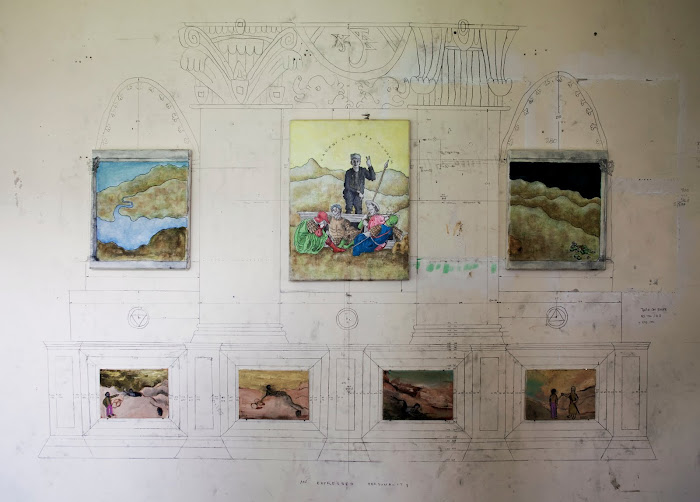Okay, so Kant pointed out that space, time, and causality are not properties of the world, of things-in-themselves, but rather properties of the mind that allow us to understand the world. All objects that we can apprehend exist in space and time, and have causes and effects. We can only apprehend objects in those terms; any object not in space, in time, and subject to causality would be unknowable. This means that space, time, and causality are conditions that must be met for us to apprehend an object. But things-in-themselves are not dependent on the conditions we have for apprehending things. Those conditions are properties of our minds, not of the things. Space, time, and causality are subjective framing devices with which we structure our sensations and combine them into the coherent world we observe. The world we experience, the world of appearances, is dependent on the properties of our minds.
Some people go on from this to posit an ultimate reality beyond the world of appearances. But such an underlying reality, if it existed, would be completely unknowable. It would be completely separate from us. In what way then can it underly the world of appearances?
If apparent things are constructed by the classifications and arrangements of sensation by our mind, they are obviously not real. There is no thing-in-itself, and each person constructs the world, not according to any truth or reality, but according to their own needs and values.
Kant also points out that, since the world of appearances is constructed by the mind, whatever unity it has is provided by the unity of the subject perceiving/constructing it, and that this is a reciprocal arrangement. The unity of the object is brought about by the subject grasping the different elements of the object and combining them into a whole, and the unity of the subject is possible only by doing this. It is like what the art theorists call 'intertextual space', where the meaning of a work of art is generated by the interaction between the work and a viewer. Or, as we should say, a work of art is created by the interaction of a subject with an object. That object could be a painting on a wall or it could be the world as a whole.
However, neither the object nor the subject are a unity. The self is seething mass of contradictory impulses, desires, and needs, and the world it constructs is similarly contradictory. But there's more. If the world of appearances is unreal and illusory, and it has a reciprocal relationship with the self, then the self too is unreal and illusory. They are both fictions. Nothing is real.



